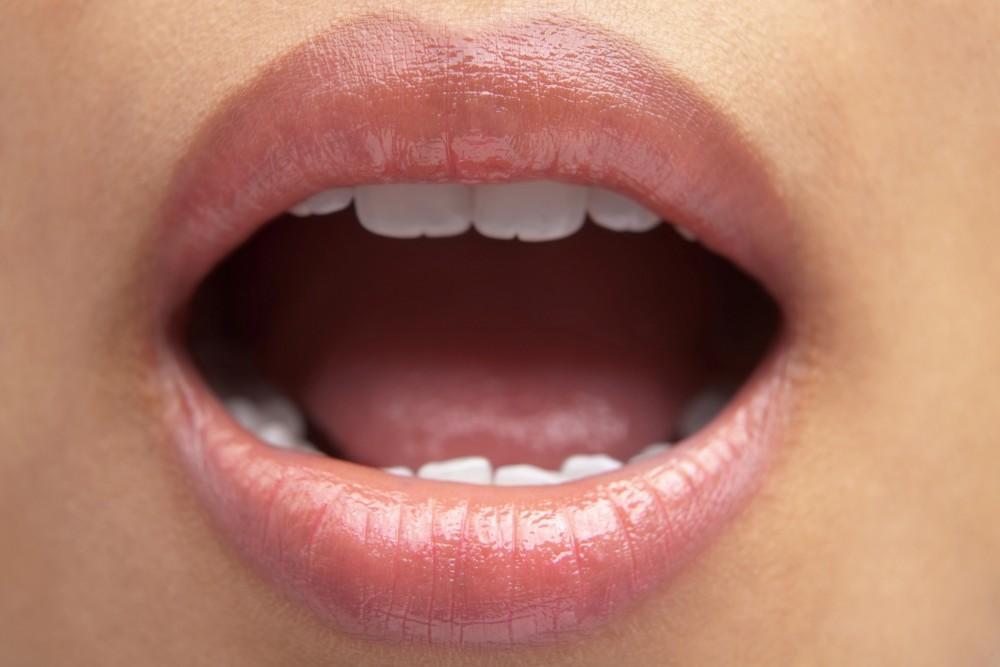
Preparing Your Child For Their First Root Canal

When a child suffers from extreme tooth pain caused by an infected tooth root, having the tooth removed may initially seem like the best option if the infection lies in a baby tooth. While tooth extraction is recommended in certain instances, more often than not, saving a child's decayed tooth is the best treatment option over removing it prematurely.
A child with a deep cavity may benefit most from a root canal as a way to preserve the baby tooth until the adult tooth erupts. Here's how to prepare your child for the procedure and ways you can make the experience as positive as possible.
Why Your Child May Require a Root Canal
A root canal is a procedure dentists do to preserve a dead tooth and keep you from losing it. By the time a tooth requires a root canal, it's already too late to save the life of the tooth because the said tooth is already infected and dying. A root canal works by keeping the dead tooth in place to avoid having the space filled with an implant.
Like an adult root canal, a root canal for a child removes the infection from the diseased pulp tissue. Saving a baby tooth allows a child to retain the full function of their teeth, jaws, and tongue. As a result, a root canal can help prevent speech and eating issues that often result from premature tooth loss. Early loss of primary teeth can also cause the abnormal eruption of permanent teeth, which may require extensive orthodontic treatment down the road.
Know What to Expect
Here's how a root canal is performed: step by step to help you better understand exactly what you can expect during treatment.
- Your child's dentist will administer local anesthesia to numb the tooth with a needle. It's common to feel a bit of a pinch in the area when the needle initially goes in. After the tooth is numb, the endodontist might place a dental dam to keep the tooth clean and dry during the procedure.
- The dentist will then use a small tool, such as a small drill, to access the inside of the tooth by creating an opening in the top portion of the tooth.
- Next, the dentist will use small files to clear away the damaged and diseased pulp from the inside of the tooth.
- The tooth's inner chamber will be shaped, and water will be used to wash away any remaining pulp.
- An antimicrobial solution will be applied to kill any remaining bacteria and reduce the risk of further infection.
- Once the chamber is thoroughly cleaned and dried, the endodontist will fill it with a rubber-like material and closing the opening in your tooth with a temporary filling.
- After a few weeks, your dentist will finish the treatment by placing a permanent crown or a similar restoration on the top of the tooth.
Depending on the condition of your child's natural tooth, the tooth may require a small supporting post inside of the root chamber to make the crown restoration more stable.
Pulpotomy of a Baby Tooth
Unlike adult root canals that remove the entire pulp tissue, the pulpotomy of a baby tooth only involves partial nerve treatment. Therefore, the procedure is generally much faster and less invasive for children. A child's root canal involves removing the diseased pulp tissue and stabilizing, disinfecting, and sealing the remaining healthy portion. After a root canal is performed, your child's dentist will apply a baby crown to protect and restore the weakened tooth to its normal, healthy function. Following treatment, pain should subside, and your child will be able to enjoy all of their regular activities.
What To Eat and Drink After Surgery
Your child's mouth will be tender and sore after their treatment, so we recommend stocking up on some of their favorite soft foods to keep them from having to bite directly on the tooth that just went through a root canal.
There are many reasons why a root canal becomes necessary, but if your child's root canal was necessary because of an untreated cavity, now is a great time to fine-tune their oral hygiene. Ask Elite Dental & Denture PC what you can do to improve your family's oral hygiene routine to prevent the need for future root canals at your next exam.
You Might Also Enjoy...


Is Mouth Breathing Bad?

Can Improving Your Smile Boost Your Career?

The Do's and Don'ts of Tooth Extraction

The Oral Health – Mental Health Connection


